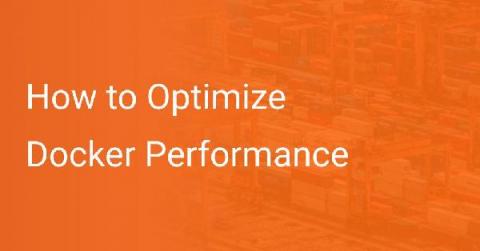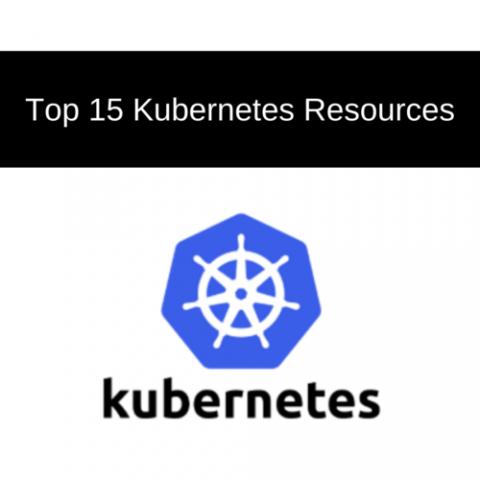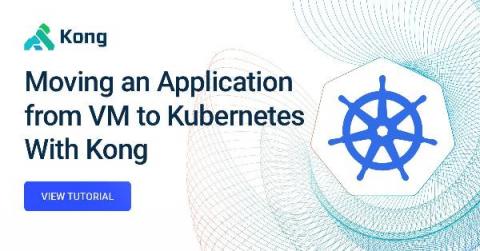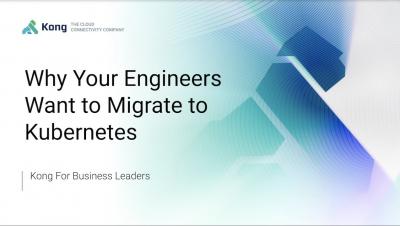How to Optimize Docker Performance
Docker containers have revolutionized the cloud industry. While Docker containers already present remarkable benefits and plus-points over other virtualization methods, there are significant performance gains that developers can further squeeze out of Docker to get the most out of the technology. This guide will cover different methods of optimizing Docker performance and answer some frequently asked questions about the technology.











